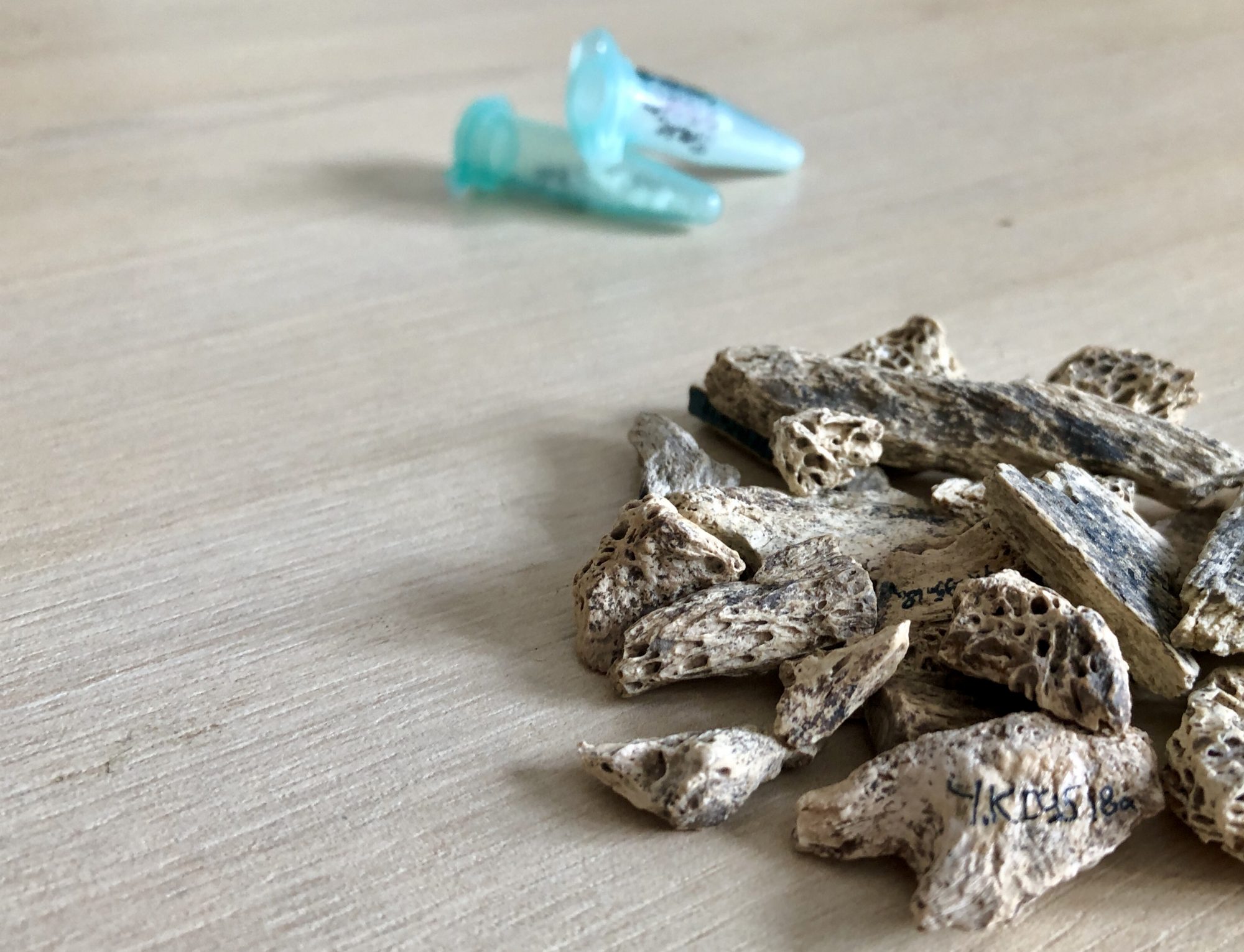FINDER is a 5-year research project (2017-2024) funded by the European Research Council. It aims at recovering, analysing and characterising new human remains, whether Denisovans, Neanderthals, modern humans, or others, from Pleistocene Eurasia over the past 200,000 years. It uses a novel combination of state-of-the art scientific methods in peptide mass fingerprinting (also known as ZooMS), ancient DNA, chronometric dating and stable isotope analyses.
Our team
FINDER is a collaborative interdisciplinary effort; the core team are based at the Max Planck Institute of Geoanthropology, in Jena, Germany. We work with several international teams and collaborators, across different countries from the UK to Siberia and southeast Asia.
Projects
FINDER has initiated several collaborations across Eurasia with local archaeologists and museum curators. In the following pages we outline some of them:
NEWS
Early Denisovans
Denisovans are elusive in many ways. When did they first appear and where, how spread where they geographically and how the different Denisovan populations interacted with each other and with other archaic and modern human populations. A small step towards understanding the early Denisovans, their toolkit and subsistence strategies was the discovery of Denisovan remains …
Democratisation of ZooMS: Jena lab protocols published
One of the biggest challenges we faced at the onset of the project in 2016-17 was the lack of transparency in terms of the nitty gritty of ZooMS, the actual analytical protocols, from the wet chemistry laboratory procedures, to equipment settings, data analyses and full data deposition (both reference data as well as analysed unknown …
Continue reading “Democratisation of ZooMS: Jena lab protocols published”
Proteins are getting older!
One of the most exciting aspects of this work, at least for someone who was previously limited by the radiocarbon limit, is the wider applicability of ZooMS to material covering not only the last 50,000 years but as many as a few million years. Recent publications have pushed the survival of animal proteins in tooth enamel …

